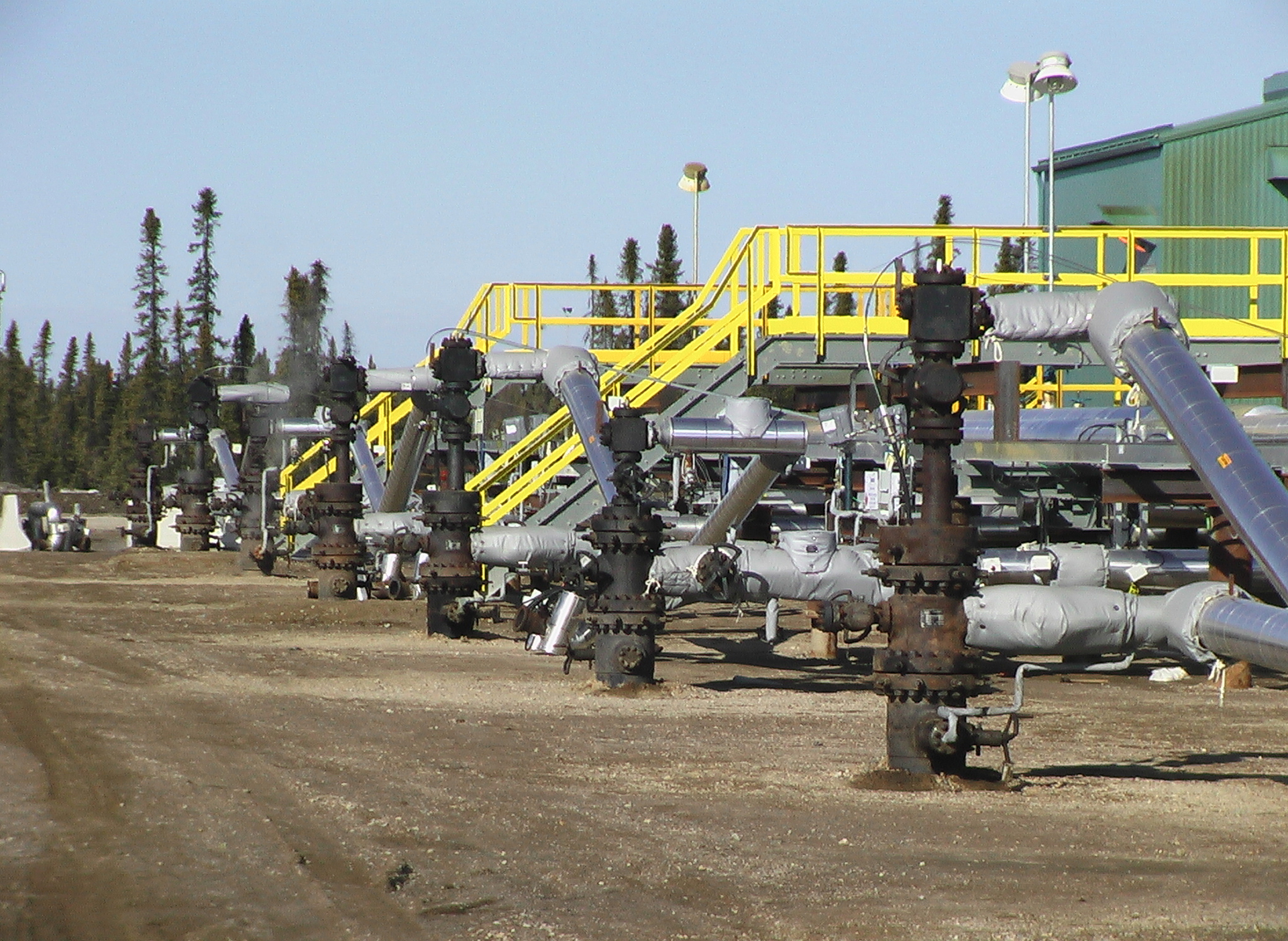Photo courtesy of Suncor
Steam Assistance Transforms Oil Sands Recovery
About 80 per cent of Alberta’s oil sands bitumen is in situ—locked hundreds of metres below the Earth’s surface. In 1969, chemical engineer Roger Butler, P.Eng., had an idea to use hot steam and horizontal wells to unlock the bitumen.
Steam–assisted gravity drainage, or SAGD, went from theory to reality in 1983, when the technology was successfully tested at the Underground Test Facility near Fort McMurray.
The concept for SAGD was first patented by Roger Butler, P.Eng., in 1969. It is considered the most important development in oil sands technology since Karl Clark’s work on hot water separation.

Glenbow Archives IP-26-8b
Firebag is Suncor’s largest in situ operation and one of the largest in the world. Located 120 kilometres northeast of Fort McMurray, the SAGD technology uses underground wells to inject steam into the oil. There are more than 30 SAGD projects in production across Alberta.

Photo courtesy of Suncor
A worker checks a gauge at Suncor’s electromagnetic heating test site at its Dover facility near Fort McMurray. Professional engineers working on the pilot project are studying the use of solvent and electromagnetic energy to extract bitumen from oil sands located deep underground. The technology—similar to what makes your microwave oven cook food—heats water already in the oil reservoir, eliminating the need to use surface water for steam extraction. If commercially successful, the technology will have other benefits over conventional SAGD technology: it would reduce energy requirements by up to 75 per cent and reduce the size and complexity of surface facilities. Suncor and other industry partners started testing the electromagnetic energy for oil recovery in 2011.

Photo courtesy of Suncor
Aly Wazir, P.Eng., explains how Suncor’s innovative electromagnetic technology could reduce the environmental footprint of SAGD bitumen extraction.
Engineers and geoscientists are key to the operation of SAGD oil sands plants like Suncor’s Firebag project.


